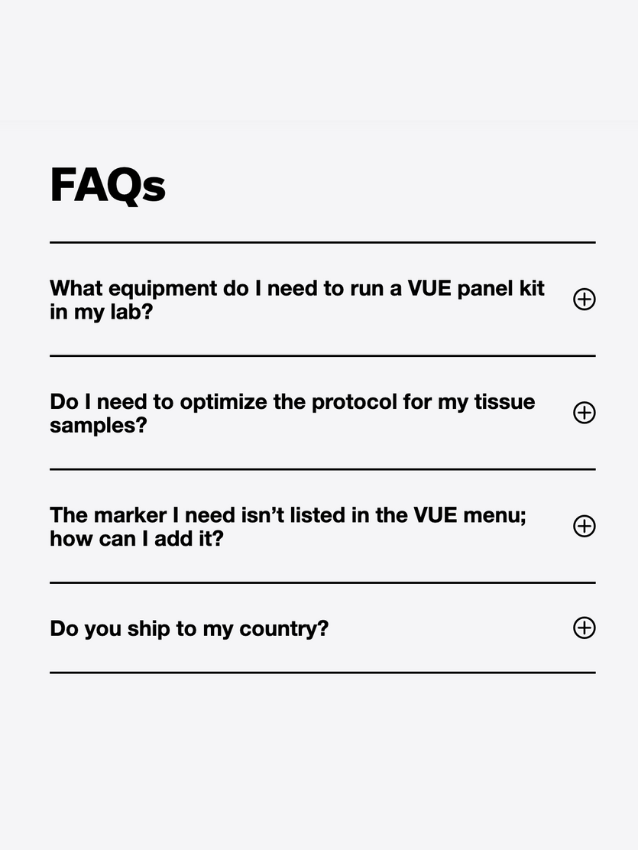The Much-Welcomed Return of In-Person Conferences
It’s been two years since the first cancellations of scientific conferences as a result of the pandemic, which ushered in a ‘new normal’ for researchers and bringing with it the herculean challenge of pivoting event logistics to virtual zoom meetings. Many researchers initially embraced this approach, with a poll last year by the journal Nature indicating that in the past year scientists “have been able to attend more meetings than ever before because of online portals.” Of the readers who responded to Nature’s poll, 75% had attended multiple virtual meetings since last March, and another 18% had attended at least one. However, it is clear that “zoom fatigue” has set in, and some of the novelty of virtual conferences has worn off in the past year; having said that, they are likely here to stay, even as in-person events return with hybrid events in 2022.
March 28, 2022
I was therefore thrilled to attend my first in-person event in 2022, in Brooklyn, New York: the 8th annual Immuno-Oncology 360 event, #IO360NY. The enthusiasm and excitement of researchers finally gathering to exchange scientific ideas and discourse was evident; we all missed the real, human connection to our peers. Scheduled over 3 days, the comprehensive program convenes stakeholders spanning the science, clinical, and business communities to report on the latest data-driven advancements in Immuno-Oncology in a wide variety of tumor types. It was a packed program, and for the sake of this summary, I’ll instead review my own highlights, but please feel free peruse the agenda herein, https://theconferenceforum.org/conferences/immuno-oncology-360/overview/.
Day one began with the keynote address by 2019 Nobel laureate Dr. Gregg Semenza, Johns Hopkins, discussing mechanisms of tumor immune evasion mediated by the hypoxia inducible factor (HIF) system and the impact targeting HIFs has had on cancer immunotherapeutic strategies. His discovery of HIFs has now been recognized as having far-reaching implications for understanding and treating a variety of conditions, such as cancer and ischemic cardiovascular disease, in which hypoxia plays an important role in disease pathogenesis. Dr. Semenza showcased elegant, as yet unpublished work from his lab identifying several small molecule candidate drugs in a screening assay that potently inhibit HIF-1 and block cancer progression in mouse models of hepatocellular carcinoma yet avoid anemia as an on-target toxicity associated with HIF therapies to date.
Day two showcased highlights in imaging, operations, partnering, and biomarkers in the I/O field, with the annual top 10 I/O recommendations and what’s next on the IO radar from CITI analyst, Dr. Andrew Baum. With the wealth of public information, its often hard to keep up with the latest developments in the field, so I find his talks both insightful and very impactful in reviewing the past years “winners” and “losers” in the I/O drug development race as well as dynamics affecting the US biotechnology sector. I think many of us await with bated breath the outcome of some of phase 3 TIGIT data due this summer. The list of Top 10 drugs/therapy strategies to watch out for in 2023 didn’t change dramatically from 2022, top to bottom: TIGIT; ADC’s; ILT4/LILR2b; TGF-beta; Bi-specifics; IL2/15; DDR’s/PARP; TCR/CAR-T; oncolytic viruses, and rounding out the list, targeted CD28 therapies.
A highlight was the annual “great cancer immunotherapy debate” featuring Drs. Robert Valamehr from Fate Therapeutics vs. Kristen Hege from Bristol Myers Squibb on the merits of different chimeric antigen receptor therapy (CARs) platforms, with newcomers to the fray natural killer (NK-)-CARs being challenged by T-cell-CARs of which there are now 6 FDA approved products. Dr. Hege immediately launched into the undisputed success of CAR-T therapies, and why only T cells that are capable of directed cell killing; her quote that “this cell type is the culmination of many years of evolution to become powerful killing machines” isa strong argument indeed. Dr. Valamehr’s response was swift and to the point: NK cells instead have spontaneous cytotoxic activity and can generate target cell death independent of the tumor target antigen, while T lymphocytes only kill their targets by a CAR-target specific mechanism that is susceptible to resistance mechanisms. Dr. Hege pointed out that today, with hundreds of clinical trials in progress, CAR-T cells have shown astonishing results in the treatment of relapsed or refractory hematological malignancies, but she acknowledged the challenge in solid tumors where efficacy and toxic side effects were still issues, a concern that Dr. Valamehr seized upon in his rebuttal arguments. Ultimately, concluding her comments focused on cytoxicity, Dr. Hege argued that with the wealth of information now available, “we’ve learnt a lot about the side effects associated with CAR-T and can predict these, most side effects are low grade and reversible.” Preclinical evidence thus far suggests NK-CARs are indeed less toxic, and her final comment was that patients want an effective proven therapy over a toxic one. The field of CAR-cellular therapies is still maturing, but preclinical and clinical studies have already shown remarkable results, and both researchers agreed that much of the data is profoundly promising, leading to the development of approved personalized therapeutic options in the future. I, for one, look forward to hearing more from these worthy opponents in future meetings.
Several of my esteemed colleagues at Ultivue were also in attendance at the meeting, our own VP Medical Director, Keith Wharton delivered a wonderful summary outlining the need for multiplexed tools in the era of cancer immunotherapeutics and the wealth of information that can be achieved from single whole slide imaging of tumor samples to better inform translational research efforts and clinical practice in Immunotherapy. If you missed our booth and/or would like more information on how our tissue-based solutions can help guide your research, please visit www.ultivue.com; specifically, our pre-optimized panels that are currently available www.ultivue.com/products/
It was overall a welcomed return to in-person meetings, having the opportunity to candidly discuss and follow up with each of the speakers in their respective fields of expertise. Whilst I wholly recognize the benefits to democratizing science through virtual meetings, attending in person is key to networking, collaborating, sharing information, especially if it is over coffee or even a cocktail!








